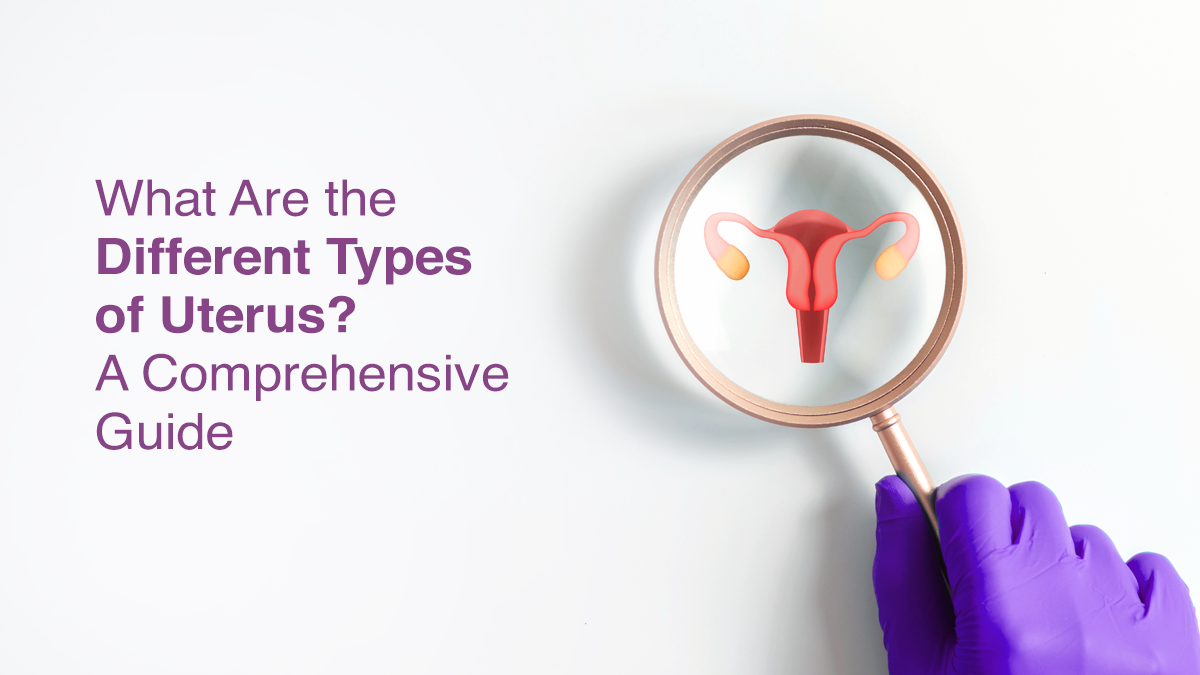
Everything You Need to Know About Bulky Uterus

Uterine health is vital for a woman’s overall well-being. The uterus nurtures the embryo and provides a safe environment for the baby to grow. Also called the womb, the uterus is quite flexible and naturally expandable. However, an unusually enlarged or bulky uterus without a pregnancy is a cause of concern and warrants medical attention. Primarily because it increases the risk of pregnancy failures and cancer in the patient.
What is a Bulky Uterus?
Medically, the uterus for a non-pregnant woman of reproductive age is around 8 cm in length, 5 cm in width, and 4 cm in thickness. Slight variations during periods are considered normal. Its volume may range from 80 ml to 200 ml. However, certain conditions, hormonal imbalances, and diseases of the reproductive system may result in a bulky uterus.
Causes of a Bulky Uterus
The common reasons for a bulky uterus are:
Hormonal Imbalance
Elevated estrogen levels may cause the uterus to grow larger than normal size and becomes bulky. It may happen due to undiagnosed disorders, such as PCOS.
Fibroids
Fibroids are non-cancerous growths on the inner lining of the uterus. While these growths are usually small in length and do not impact the uterus’ size, fibroids may be large enough to cause an expansion.
Adenomyosis
In Adenomyosis, the tissue that lines the uterus from the outside grows in its muscle layer. The lack of an outer lining may cause enlargement of the womb, resulting in a bulky uterus.
Endometrial Hyperplasia
Excessively thick uterine lining during the follicular phase may cause a bulky uterus.
Pregnancy
The only condition where uterus bulking is desirable is pregnancy. Your uterus may grow up to 20 times while nurturing a baby! The uterus eventually returns to usual size after birthing.
Pelvic Inflammatory Disease (PID)
Sexually transmitted diseases, reproductive conditions, or aggressive treatments for certain conditions may cause inflammation in the internal organs of the pelvic region. This condition is called PID. It is a common cause of acquired infertility. However, it can be treated with antibiotics under the guidance of a fertility specialist.
Pyometra
Collection of the pus in the uterus may extend the walls and thin the lining of the uterus. It occurs due to an infection and narrowing of the cervical opening that prevents the pus from exiting during periods.
Symptoms of a Bulky Uterus
A woman with an enlarged uterus may experience one or more of the following symptoms:
- Irregular periods or heavy menstrual bleeding
- Pelvic pain and cramping
- Postmenstrual bleeding, vaginal discharge, and bloating
- Frequent urination
- Constipation
- Painful intercourse
- Heaviness in lower abdomen, and palpitations in the region
- Skin paleness and general
It is best to consult a specialist if you have experienced the above symptoms or know someone who has. A comprehensive examination can prevent the condition from worsening and start the treatment as early as possible. In the case you failed to get pregnant, consulting a fertility doctor may help you eliminate uterine expansion as a cause and identify the actual reason.
Diagnosis of a Bulky Uterus
The doctor will conduct a physical exam and discuss your medical history to determine the possibility of a bulky uterus. They may ask you about the symptoms and the time since when you have been observing them. Some of the diagnostic tests the fertility specialist may prescribe include:
Ultrasound
Usually, the diagnostician uses a transvaginal ultrasound. It may take two sessions to evaluate, depending on the point in your menstrual cycle when you visit the doctor.
Hysteroscopy
In this procedure, the diagnostician inserts a thin and lighted flexible tube through the vagina to take a closer look at the inner lining of the uterus. It is painless, though some discomfort is normal due to the probe entering the uterine wall. But it shouldn’t last long.
MRI
MRI shows the exact areas of the thickening of the uterine wall or enlargement. This helps the doctor gauge whether the thickening is uniform or localized.
Your doctor may also prescribe certain blood tests to identify the exact cause of expansion and treat the condition adequately.
Treatment Options for a Bulky Uterus
Depending upon the symptoms, causes, and extent of the condition, your specialist may prescribe one or more of the following treatments:
Hormonal Therapies
Specialists use hormonal supplements when uterus bulkiness is due to hormone imbalances.
Pain Relievers
These medicines may help with the symptoms but do not directly treat the condition.
Uterine Artery Embolization
It is a minimally invasive procedure to lower the blood supply in the affected region of the uterus and, hence, cause it to shrink.
Surgical Treatments
Depending upon the severity of the case, specialists may prescribe a Myomectomy (removal of fibroids) or Hysterectomy (removal of uterus). Your medic may also recommend certain home remedies to reduce symptoms. They may also ask you to include lifestyle changes to prevent the condition from recurring, such as nutritional balancing, stress management, and regular exercise.
Conclusion
A bulky uterus may present symptoms much later than the condition begins because of its slow rate of development. However, benign or malignant, it is treatable and often does not impact the patient’s fertility. It’s best to consult a specialist if you are experiencing any of the symptoms or have been trying to get pregnant for over 6 months.


fill up the form to get a
Free Consultation
Avail 0% interest on EMI
All Procedures | No Upper Limit
Frequently Asked Questions
Is bulky uterus a serious problem?
Does bulky uterus cause weight gain?
Can menstruation cause bulky uterus?
How we reviewed this article:
- Current Version
- August 22, 2024 by Oasis Fertility






